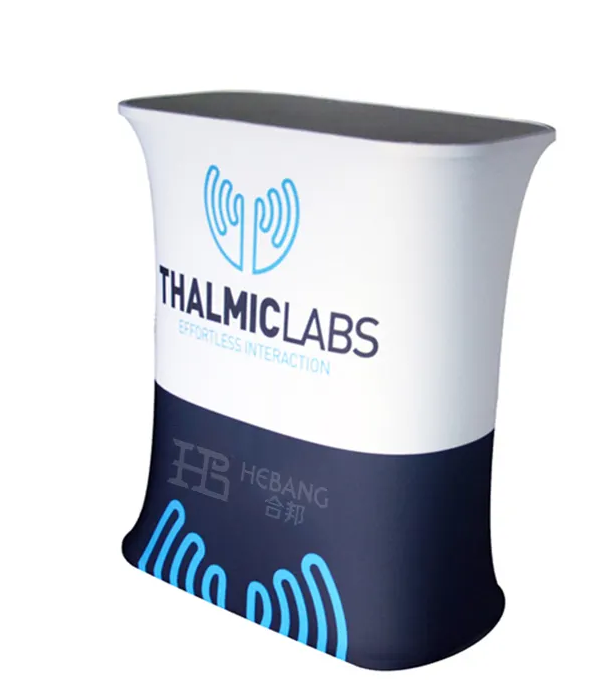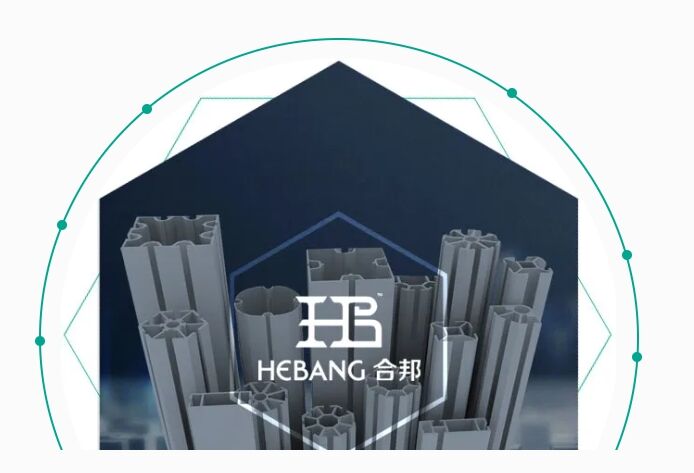Mail Us: [email protected]
Call For Us: +86 13798629294

Discover Hebang's tension fabric displays, crafted for B2B exhibitions. Our lightweight, durable systems feature high-resolution graphics and quick assembly, providing an effective solution for showcasing your brand.

Foshan Nanhai district Hebang Exhibitin Equipment factory was founded in 2002. It's the aluminum materials factory, specializes in exhibition equipment, shell scheme, portable exhibition display stand, light box, showcase, exhibition hardware accessories and mould aluminum profile. We have been producing and marketing exhibition products for over 20 years and it's the reliable partner for cooperation. Our factory covers an area of 6000 square meters,located in Songgang industrial, Shishan town,which is the main town of aluminum in China.The place in Foshan city is near Guangzhou port,we have convenient traffic and the amount of trains and metros. We offer our customers one-step service , from R&D, production, transportation to after sales, to make sure our clients benefit from our products and solutions are always our core value. Beside, to ensure of the quality of products and the key of development,we have a lots of innovative design and improve management all the way.
Our materials reached the international standard and the samples passed the standards by SGS. Our mainly products are shell scheme stand,custom exhibition booth, display stand, octagon system,R8 system, Eight way upright column, square column, four-way column, ultra light box, SEG light box,showcase system and other exhibition hardware accessories. As we're over 20 years experience in exhibition area, we have lots of partners in China and even from all over the world. How to be a excellent supplier is what we concerned as always. We expect to build the long term relationship with you. Contact us in anytime.
Cutting-edge designs to enhance your exhibition display experience.
High-quality materials ensure durability and long-lasting performance.
Responsive and dedicated support for a seamless purchasing process.
Attractive pricing models tailored for bulk purchase requirements.
We use high-quality polyester fabrics and lightweight aluminum frames to ensure durability and ease of transport.
Yes, Hebang offers customizable graphics using dye-sublimation printing for vibrant and long-lasting visuals.
Our displays are designed for quick assembly without tools, allowing for efficient setup at exhibitions.
Absolutely, our displays are built for repeated use, making them a cost-effective solution for multiple events.
The fabric graphics are machine washable; we recommend cold water and gentle cycles to preserve print quality.


Copyright ©